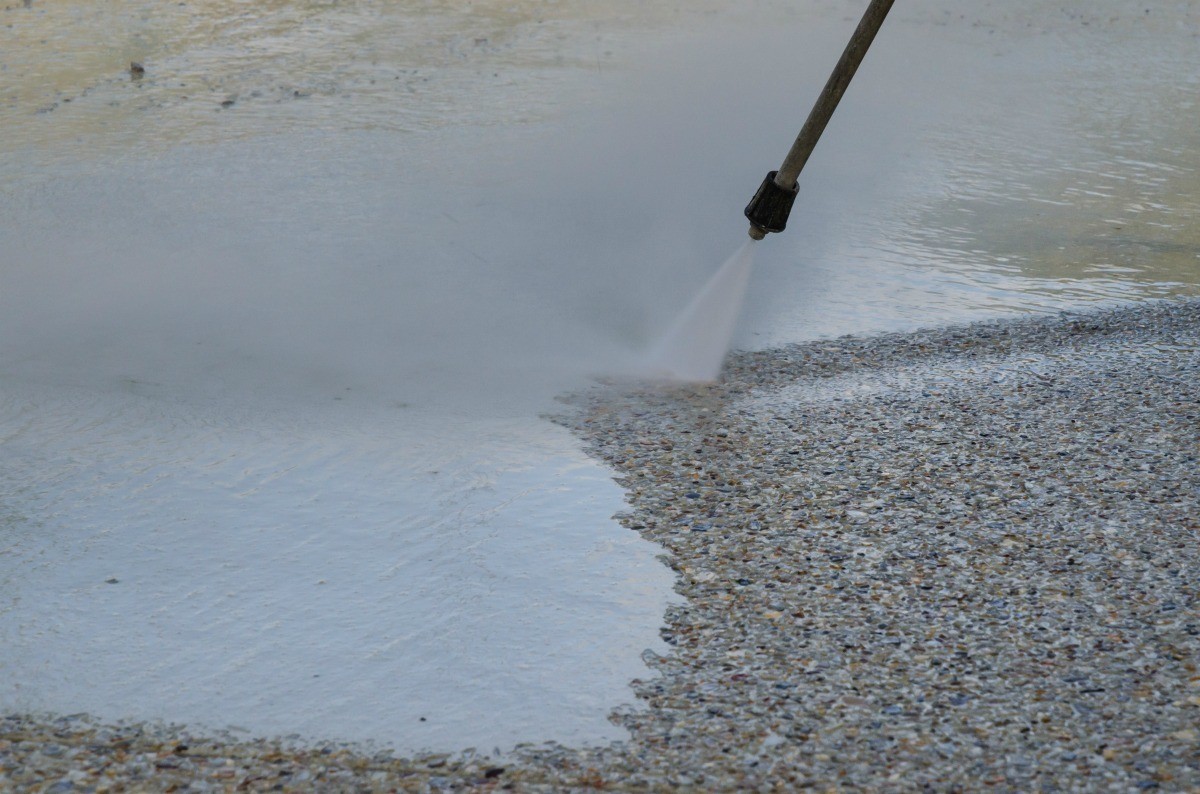

Articles
How To Get Paint Off A Driveway
Modified: January 23, 2024
Looking for articles on how to remove paint from your driveway? Discover effective methods and tips in this comprehensive guide to get your driveway looking clean and paint-free.
(Many of the links in this article redirect to a specific reviewed product. Your purchase of these products through affiliate links helps to generate commission for Storables.com, at no extra cost. Learn more)
Introduction
Having paint stains on your driveway can be unsightly and frustrating. Whether it’s accidental spills or graffiti, removing paint from a driveway requires some effort and the right techniques. Thankfully, there are several methods you can use to effectively get paint off a driveway. In this article, we will explore five methods that will help you restore your driveway’s pristine condition.
Before you start, it’s important to determine the type of paint and the surface of your driveway. Different types of paint and driveway materials may require specific methods to achieve the best results. Consider testing any paint removal method in a small, inconspicuous area of your driveway to ensure it does not damage the surface or discolor the surrounding area.
Now, let’s dive into the various methods you can use to get paint off a driveway.
Key Takeaways:
- Restore your driveway’s pristine condition by utilizing effective methods such as pressure washing, chemical paint removers, and power scrubbing. Always prioritize safety and test removal methods in inconspicuous areas.
- Consider the type of paint and driveway surface when choosing a removal method. Seek professional assistance for sandblasting and exercise caution with heat tools. With the right approach, your driveway can be free from paint stains.
Read more: How To Get Spray Paint Off A Driveway
Method 1: Pressure Washing
Pressure washing is a popular and effective method for removing paint from a driveway. It utilizes high-pressure water to strip off the paint without damaging the surface below. Follow these steps to successfully remove paint using a pressure washer:
- Prepare the area: Clear any debris and obstacles from the area you’ll be working on. Cover nearby plants and surfaces that you want to protect.
- Choose the right nozzle: Use a narrow spray nozzle for concentrated pressure and better paint removal.
- Apply detergent: If the paint is oil-based or stubborn, pre-treat it with a paint remover or detergent to loosen the paint.
- Adjust the pressure: Set the pressure washer to a high-pressure setting, but be cautious not to go too high to avoid damaging the driveway.
- Start washing: Direct the pressure washer nozzle towards the painted area, keeping a distance of about 12 inches. Move the nozzle in a back-and-forth motion to cover the entire painted surface.
- Repeat if necessary: For more stubborn paint, you may need to repeat the process or use a rotating surface cleaner attachment for better results.
- Rinse the area: Once you have removed the paint, rinse the driveway thoroughly with clean water.
- Inspect and touch up: After the surface is dry, inspect the area for any remaining paint spots. If needed, use a wire brush or sandpaper to touch up the small, stubborn spots.
Pressure washing is a fast and efficient method, but it may not be suitable for delicate surfaces or if the paint has deeply penetrated the driveway. In such cases, you may need to consider alternative methods.
Method 2: Chemical Paint Remover
If pressure washing isn’t effective or suitable for your situation, using a chemical paint remover can be an excellent alternative. Chemical paint removers are specifically designed to break down and dissolve paint, making it easier to remove. Here’s how to use a chemical paint remover to get paint off your driveway:
- Choose the right chemical paint remover: There are different types of paint removers available. Make sure to select one that is suitable for your driveway’s surface and the type of paint you are trying to remove. Read the product label for instructions and safety precautions.
- Prepare the area: Clear the area of any loose debris and ensure proper ventilation if working in an enclosed space.
- Apply the paint remover: Follow the instructions provided by the manufacturer to apply the paint remover to the painted area. Use a brush or a roller to evenly apply the remover.
- Allow it to penetrate: Most paint removers require some time to work effectively. Let the remover sit on the surface according to the manufacturer’s instructions. This will allow it to break down the paint.
- Scrape off the paint: After the recommended time has passed, use a scraper or a putty knife to gently scrape off the paint from the driveway. Start from one edge and move towards the center.
- Repeat if necessary: Depending on the thickness and type of paint, you may need to repeat the process multiple times to completely remove the paint.
- Clean the area: Once the paint is removed, clean the area with water and a mild detergent to remove any residue left by the paint remover.
- Inspect and touch up: Examine the area for any remaining paint spots. If needed, use sandpaper or a wire brush to touch up and remove any stubborn paint remnants.
When using chemical paint removers, it’s crucial to follow safety instructions, wear protective gloves, and work in a well-ventilated area. Remember to dispose of any used paint remover and contaminated materials properly according to local regulations.
Method 3: Heat Gun or Blowtorch
If you’re dealing with stubborn or thick layers of paint on your driveway, using a heat gun or blowtorch can be an effective method to soften and remove the paint. However, it’s important to exercise caution and follow safety guidelines when using heat tools. Here’s how to use a heat gun or blowtorch to remove paint from your driveway:
- Ensure safety precautions: Before starting, ensure you have proper safety gear, including heat-resistant gloves and protective eyewear. Work in a well-ventilated area, away from any flammable materials.
- Heat the paint: Hold the heat gun or blowtorch approximately 6 to 8 inches away from the painted area. Move the tool back and forth to evenly apply heat to the paint. The heat will soften and loosen the paint, making it easier to scrape off.
- Scrape off the paint: While the paint is still warm, use a scraper or putty knife to gently scrape off the softened paint. Start from one edge and work your way towards the center to avoid damaging the driveway.
- Repeat if necessary: If the paint is not completely removed, repeat the heating and scraping process until all the paint has been removed.
- Cool down and clean the area: Allow the area to cool down before proceeding. Once cooled, clean the surface with water and mild detergent to remove any residue left by the paint.
- Inspect and touch up: After the area is clean and dry, inspect for any remaining paint spots. Use fine-grit sandpaper or a wire brush to touch up and remove any stubborn paint remnants.
It’s crucial to exercise caution when using a heat gun or blowtorch, as excessive heat can damage the driveway’s surface or create a fire hazard. Always follow the manufacturer’s instructions, keep the tool moving to avoid overheating, and avoid excessive pressure that may cause accidental scraping or gouging.
Remember, if you’re uncomfortable using a heat gun or blowtorch, it’s best to consider alternative methods or seek professional assistance to avoid any potential risks.
Use a pressure washer with a high-powered nozzle to remove paint from a driveway. Start from the outer edges and work your way towards the center for best results.
Method 4: Sandblasting
Sandblasting is a highly effective method for removing paint from a driveway, especially if the paint is thick or stubborn. It involves using compressed air to propel fine sand particles at high speeds to remove the paint. Here’s how to use sandblasting to get paint off your driveway:
- Safety precautions: Before starting, ensure you have appropriate safety equipment, including protective goggles, gloves, and a respiratory mask. Sandblasting generates dust and debris, so it’s crucial to protect yourself.
- Prepare the area: Clear the area of any loose objects or debris. Cover surrounding surfaces or plants that you want to protect from the impact of the sandblasting.
- Setup the sandblasting equipment: Follow the manufacturer’s instructions to set up the sandblasting equipment. This usually involves connecting the air compressor, attaching the sandblasting gun, and filling the blasting pot with the appropriate abrasive material.
- Adjust the pressure and nozzle: Adjust the air compressor pressure and choose the right nozzle size based on the type of paint and the condition of the driveway. A smaller nozzle size provides more precision while a larger one covers a wider area.
- Blast the paint: Hold the sandblasting gun at a distance of about 12 inches from the painted surface. Move the gun back and forth, evenly blasting the paint-covered area. Work in small sections and be careful not to dwell in one spot for too long to avoid damaging the surface.
- Inspect and touch up: After sandblasting, inspect the area for any remaining paint spots. Use a wire brush or sandpaper to touch up and remove any stubborn paint remnants.
- Clean the area: Once the paint is removed, clean the area with water to remove any abrasive material and debris left behind by the sandblasting process.
It’s important to note that sandblasting should be performed by professionals or those experienced in using the equipment, as it can cause damage to your driveway if not done properly. If you’re uncertain about sandblasting or if your driveway is made of a delicate material, it’s best to seek professional assistance to avoid any potential risks.
Read more: How To Get Tar Off A Driveway
Method 5: Power Scrubbing
If you’re looking for a non-abrasive method to remove paint from your driveway, power scrubbing can be a viable option. Power scrubbing utilizes a combination of water and mechanical scrubbing to loosen and remove the paint. Here’s how to power scrub your driveway to get rid of paint:
- Prep the area: Clear the area of any loose debris and obstacles. Cover nearby surfaces or plants that you want to protect from splashing water.
- Choose the right equipment: You’ll need a power scrubber or a rotary scrub brush attachment that can be connected to a pressure washer. Ensure that the power scrubber is compatible with your pressure washer.
- Prepare the pressure washer: Connect the power scrubber attachment to the pressure washer according to the manufacturer’s instructions. Fill the pressure washer with water.
- Dampen the painted area: Before starting the power scrubbing process, dampen the painted area with water. This will help loosen the paint and improve the effectiveness of the scrubbing action.
- Scrub the paint: Once the area is damp, use the power scrubber or rotary scrub brush attachment to scrub the painted surface. Move the scrubber in a back-and-forth motion, applying gentle pressure to remove the paint. Start from one edge and continue across the entire painted area.
- Rinse the area: After scrubbing, rinse the driveway thoroughly with clean water to remove any loosened paint and debris.
- Inspect and touch up: Once the area is dry, inspect for any remaining paint spots. Use a wire brush or sandpaper to touch up and remove any stubborn paint remnants.
Power scrubbing is a relatively gentle method and is suitable for driveways with delicate surfaces, such as brick or pavers. However, it may not be as effective for thick or deeply embedded paint. In such cases, you may need to consider alternative methods or seek professional help.
Remember to follow safety guidelines, wear protective gear, and use caution when utilizing power scrubbing equipment.
Conclusion
Removing paint from a driveway can be a challenging task, but with the right methods and techniques, you can restore your driveway to its original condition. In this article, we explored five effective ways to get paint off a driveway: pressure washing, chemical paint remover, heat gun or blowtorch, sandblasting, and power scrubbing.
Pressure washing is a popular choice for removing paint, as it utilizes high-pressure water to strip off the paint without damaging the surface. It is fast and efficient, but may not be suitable for all surfaces or deep-seated paint stains.
Chemical paint removers are specifically designed to break down and dissolve paint, making them an excellent option for stubborn or thick layers of paint. Just ensure you follow the manufacturer’s instructions and take proper safety precautions when using chemical paint removers.
Using a heat gun or blowtorch can be effective for softening and removing paint, especially for stubborn or thick layers. However, caution must be exercised, and safety precautions must be followed to avoid damage or hazards.
Sandblasting is a highly effective method for removing paint, particularly for stubborn or deeply ingrained paint. However, it should be performed by professionals or experienced individuals due to the potential for surface damage.
Power scrubbing is a non-abrasive method that combines water and mechanical scrubbing to remove paint. It is gentle on delicate surfaces but may not be as effective for thick or embedded paint layers.
Remember to always consider the type of paint and surface of your driveway when choosing the appropriate method. It’s also a good idea to test any paint removal method in a small, inconspicuous area to ensure it doesn’t damage the surface or surrounding areas.
While these methods can help you remove paint from your driveway, it’s important to prioritize safety and take necessary precautions. If you’re unsure or uncomfortable with the process, it’s best to consult professionals who can provide expert advice or assistance.
With the right approach and a little bit of effort, your driveway can be free from paint stains, restoring its beauty and enhancing the overall appeal of your home.
Frequently Asked Questions about How To Get Paint Off A Driveway
Was this page helpful?
At Storables.com, we guarantee accurate and reliable information. Our content, validated by Expert Board Contributors, is crafted following stringent Editorial Policies. We're committed to providing you with well-researched, expert-backed insights for all your informational needs.
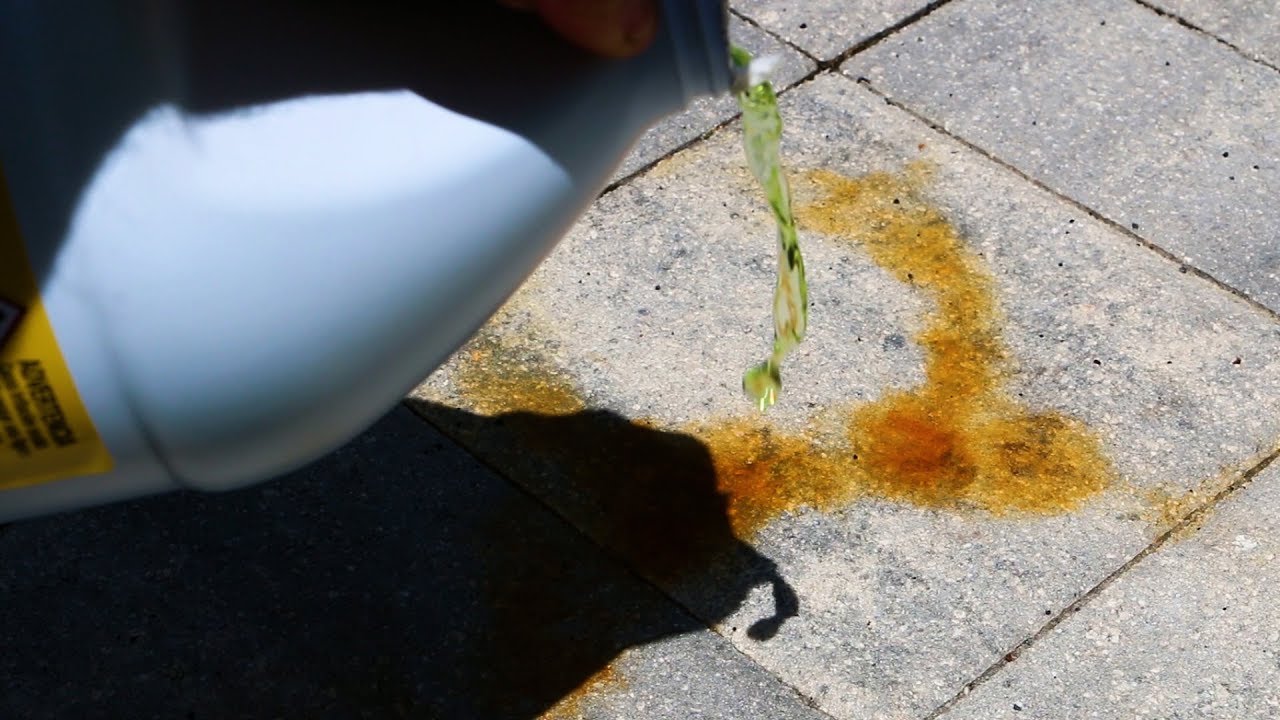
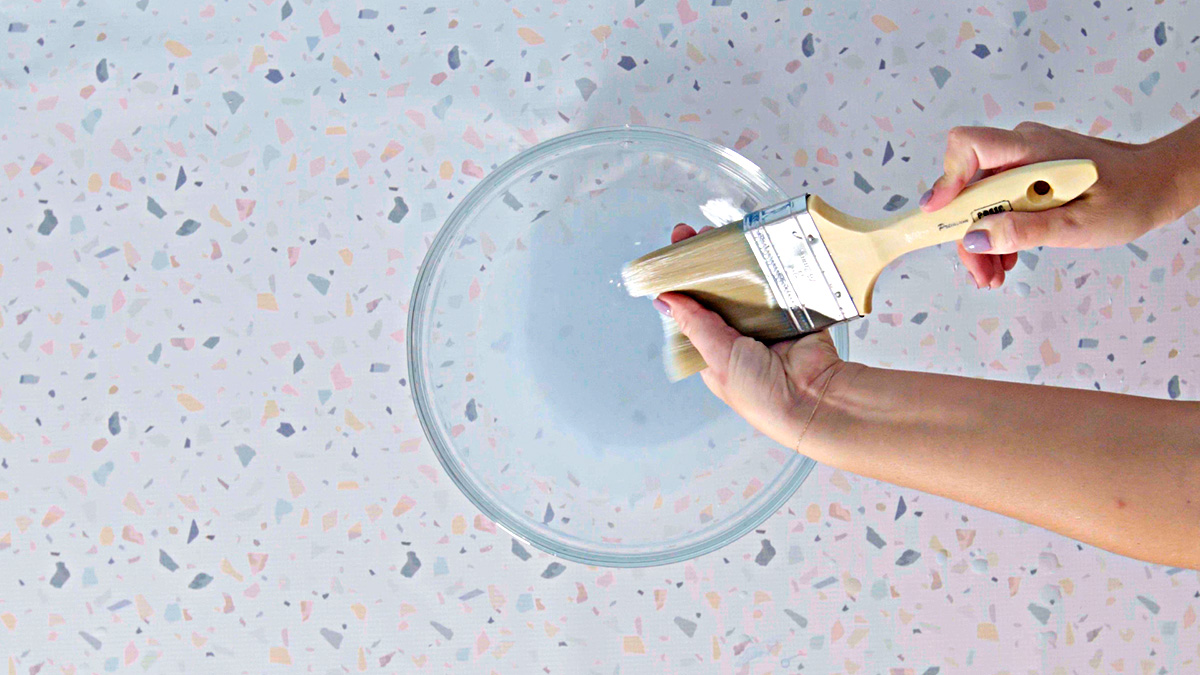
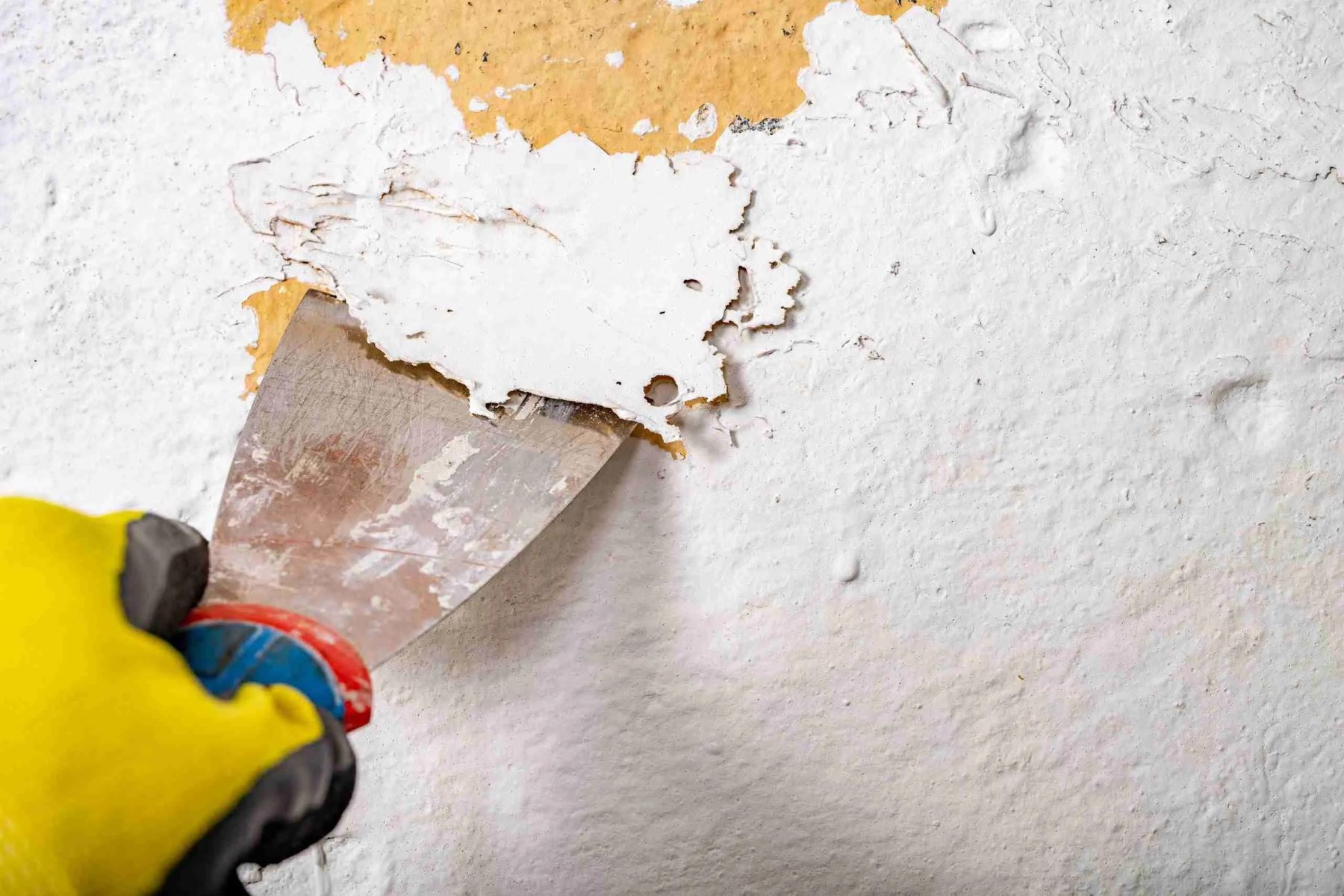
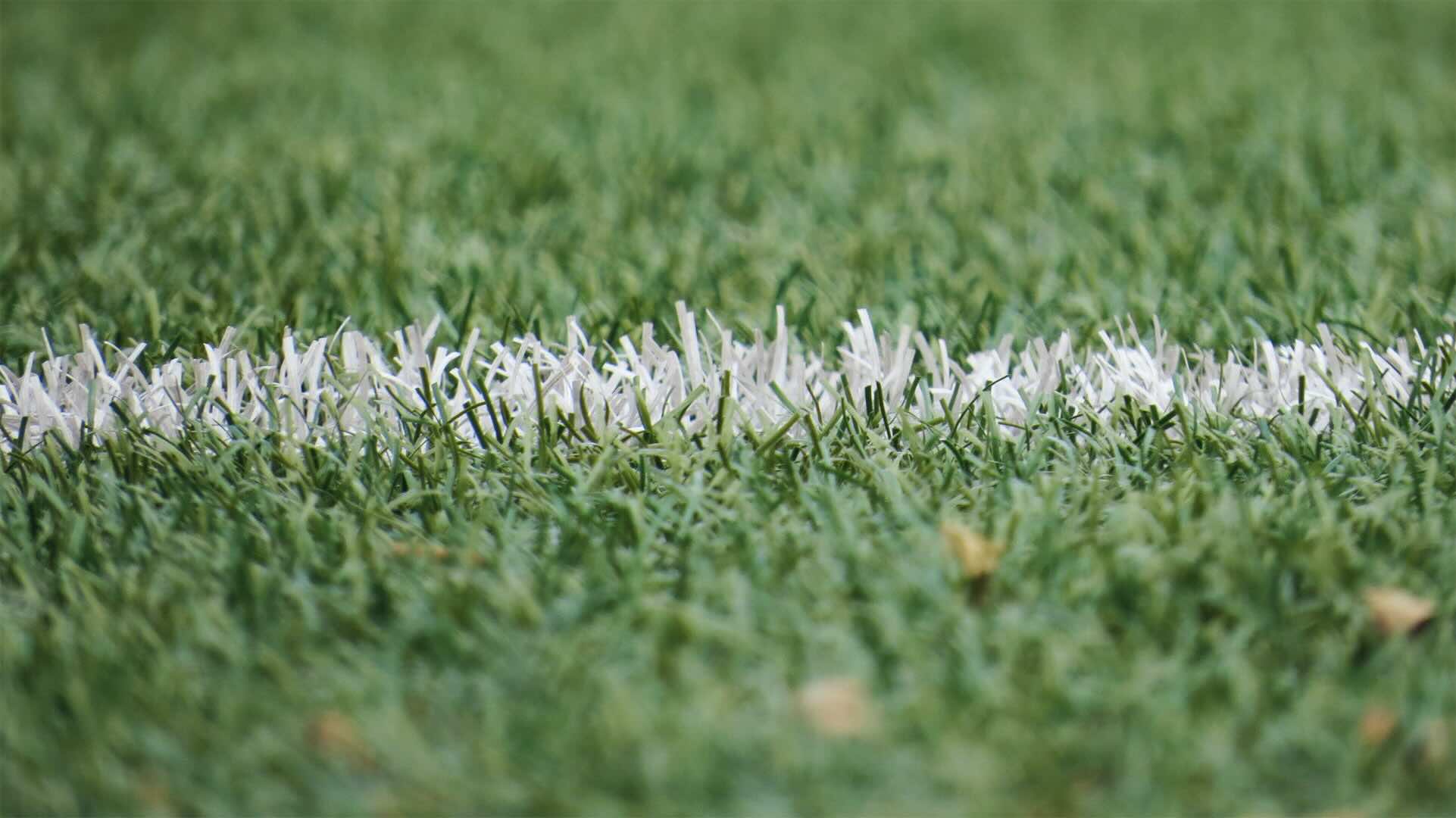
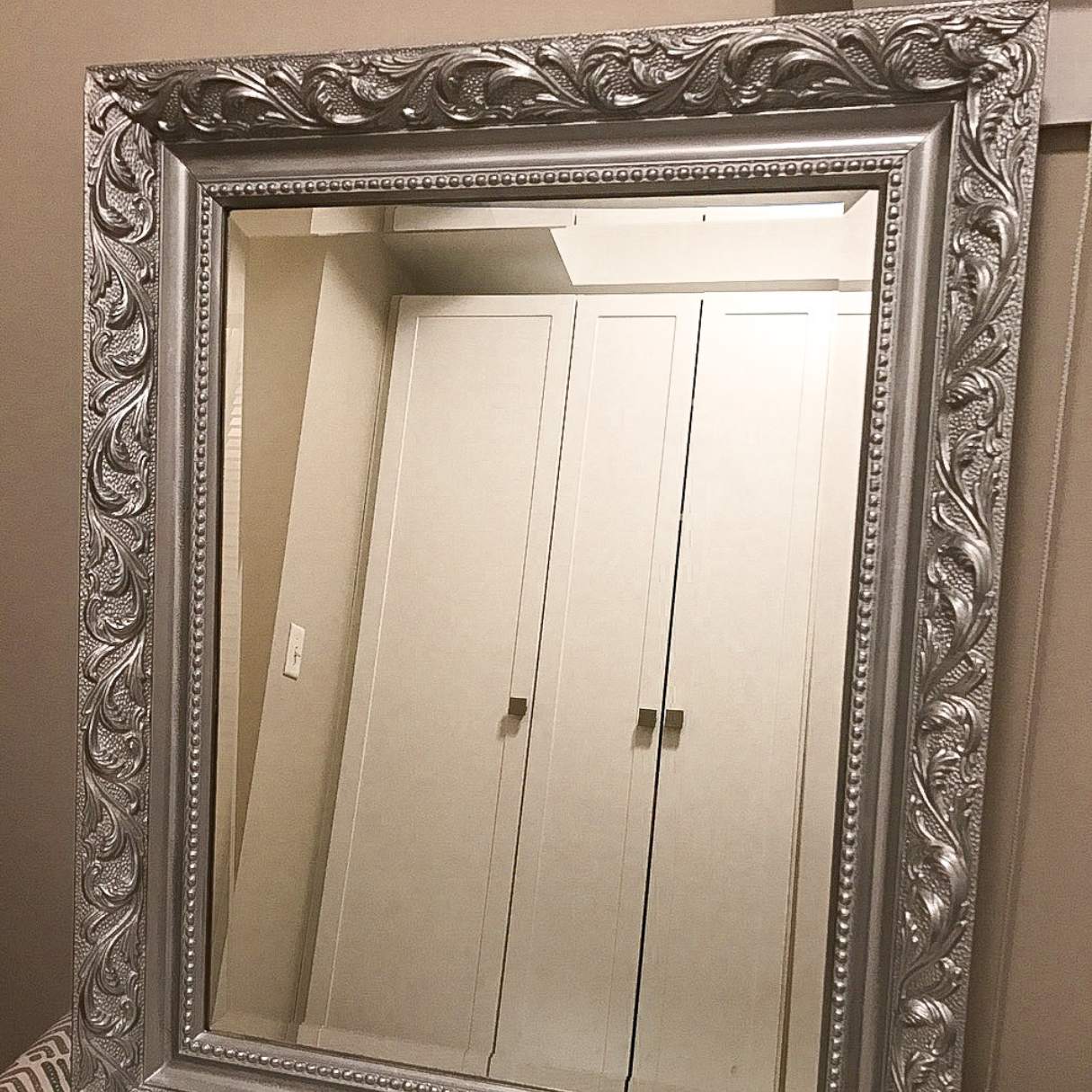
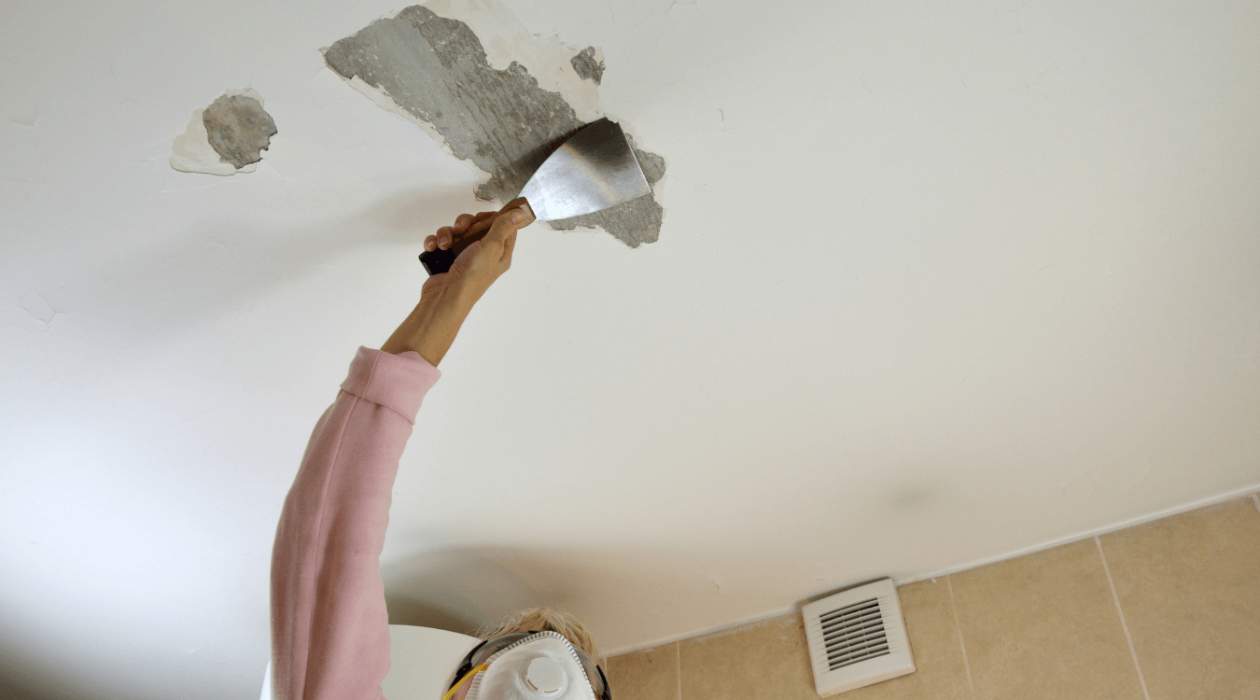
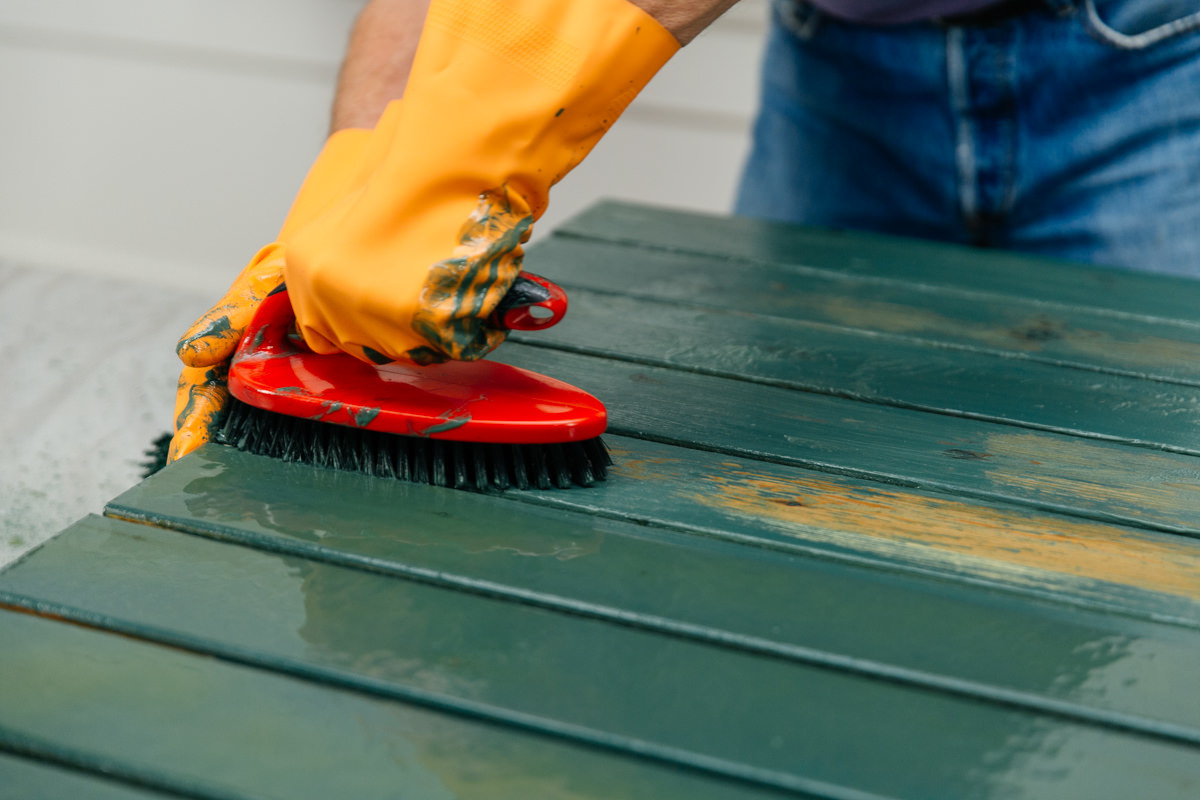
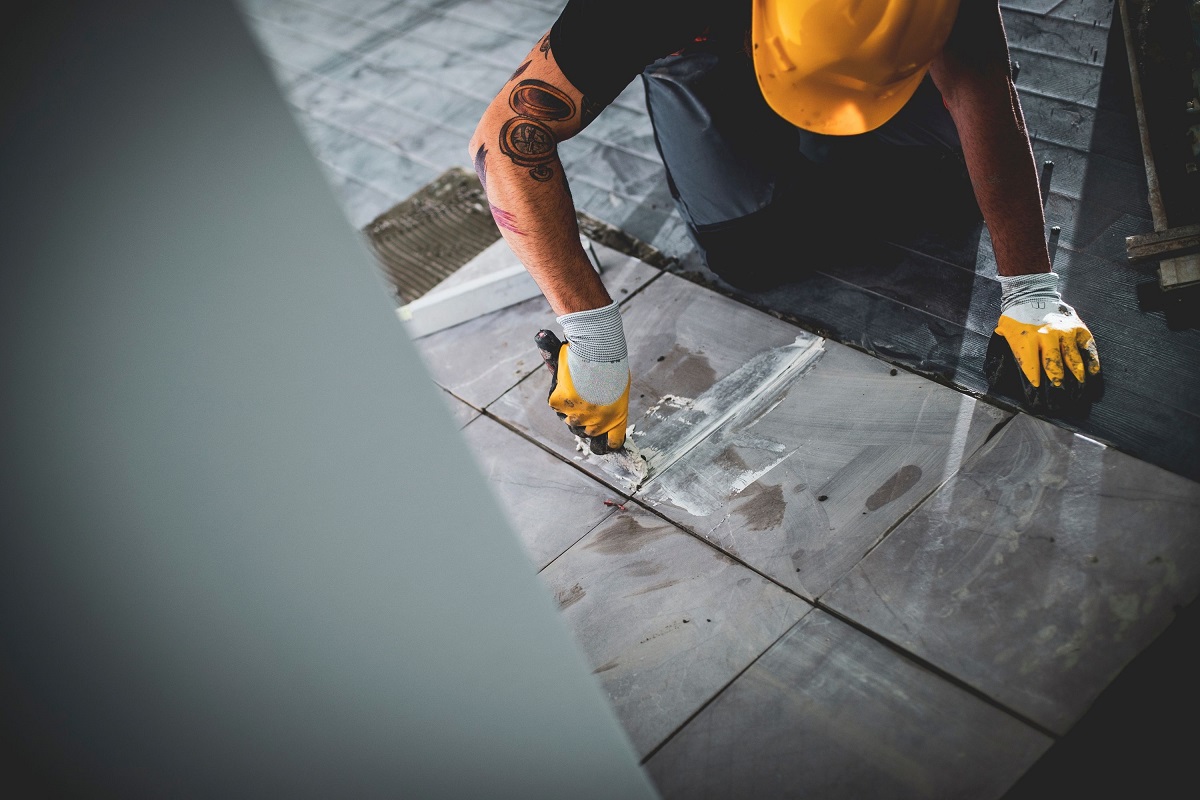
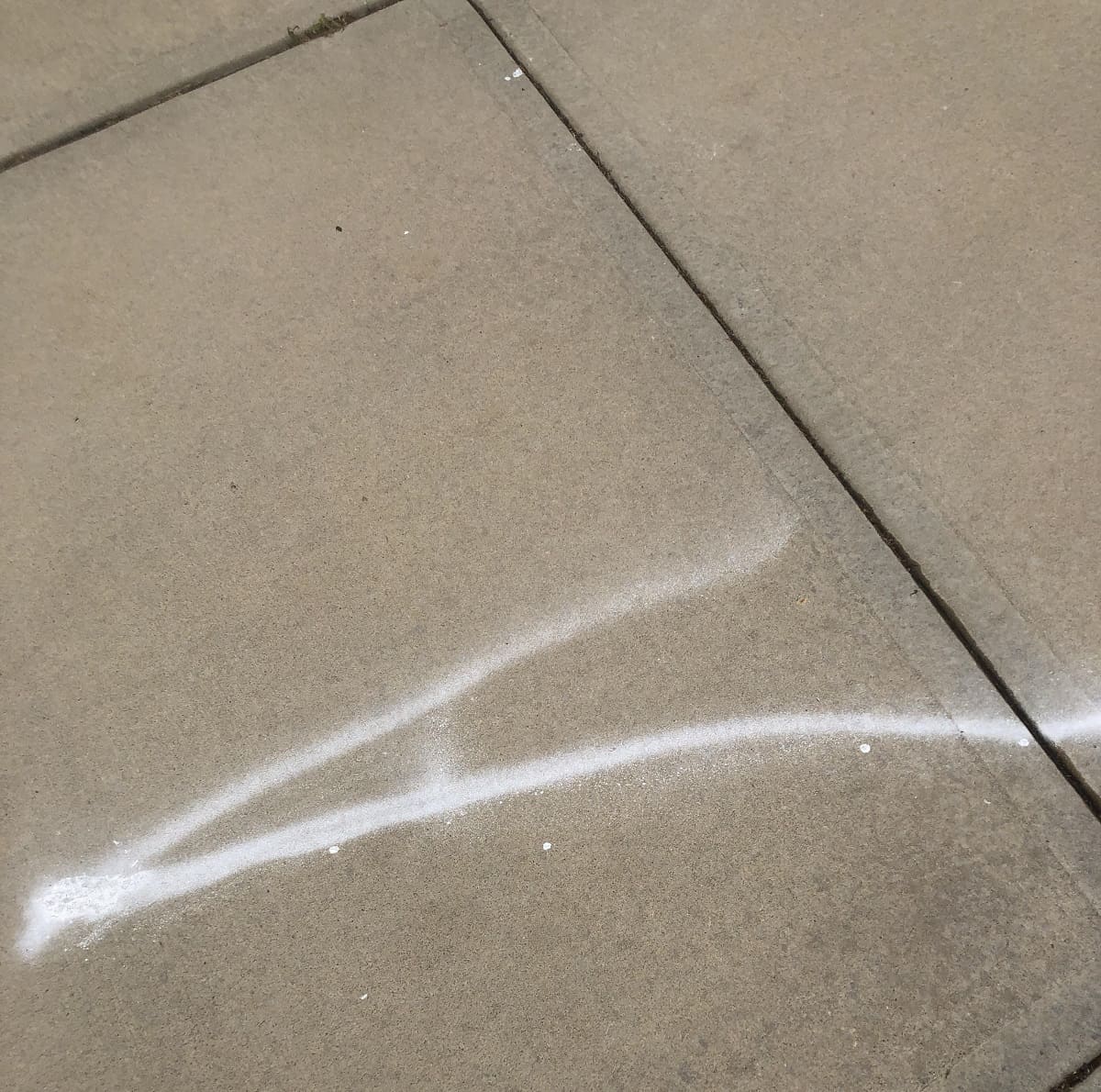
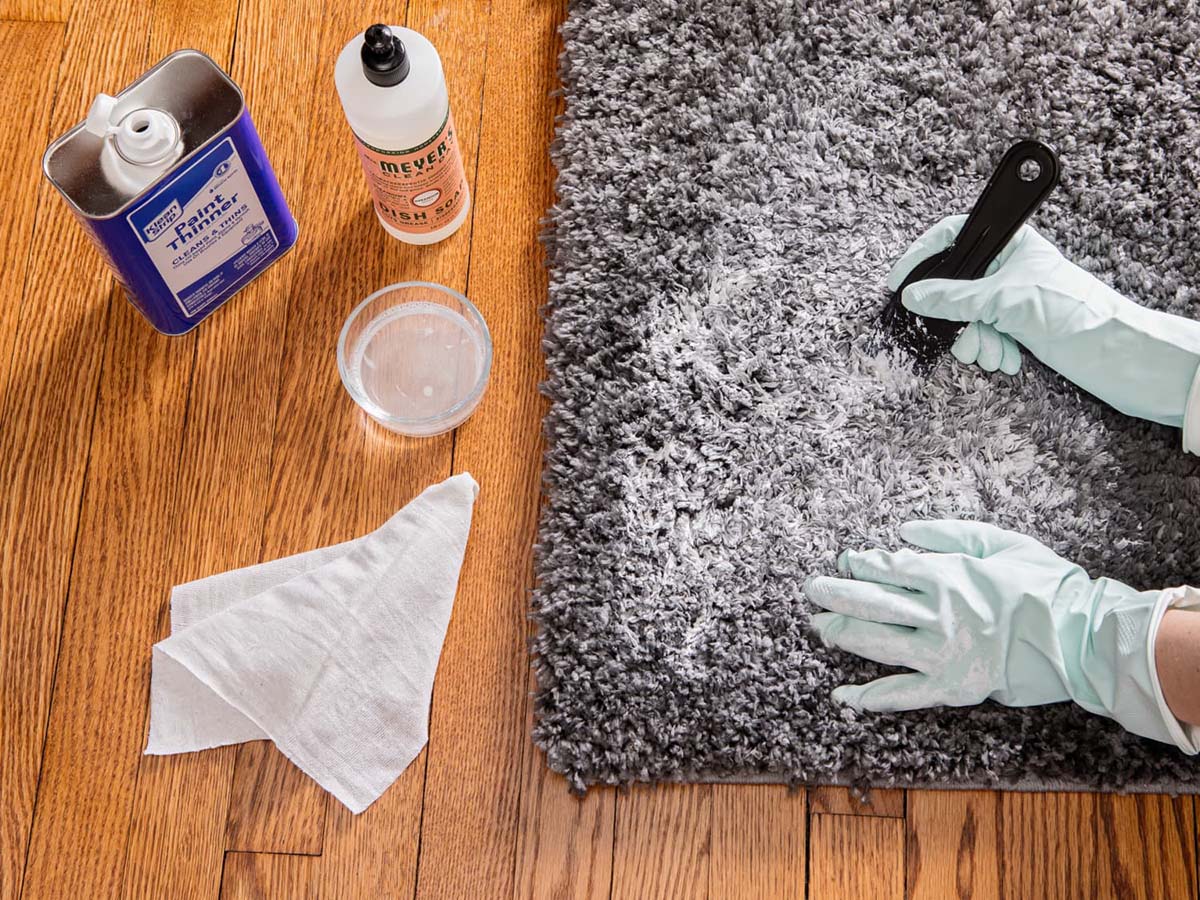
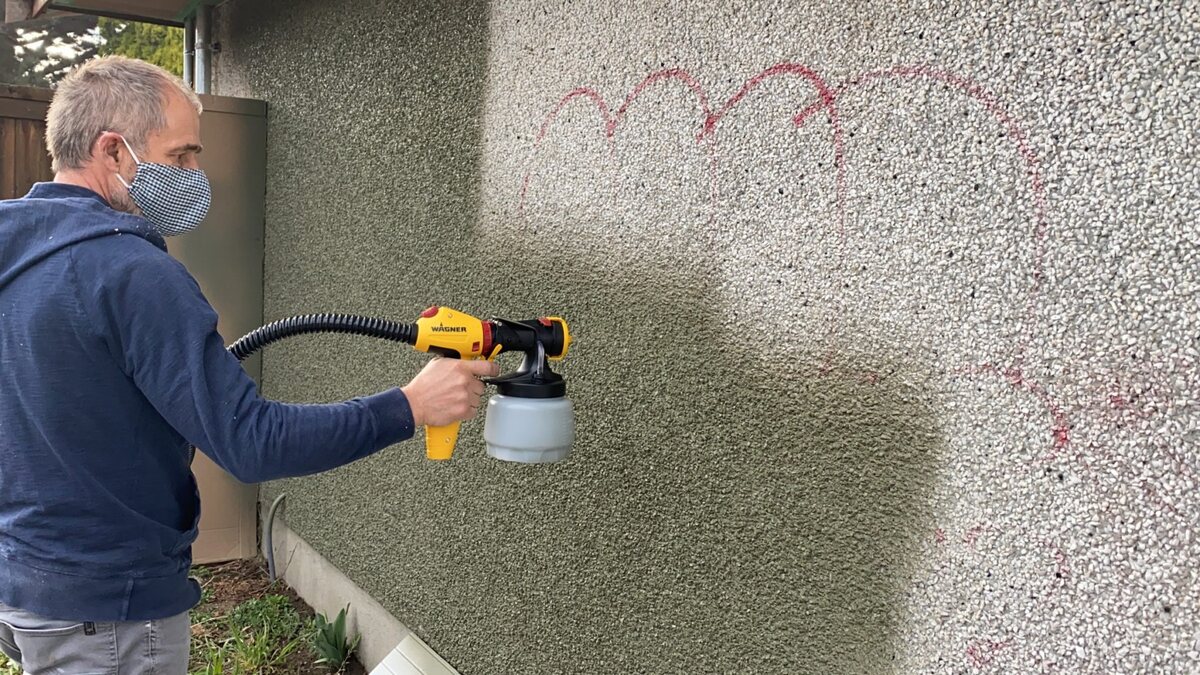
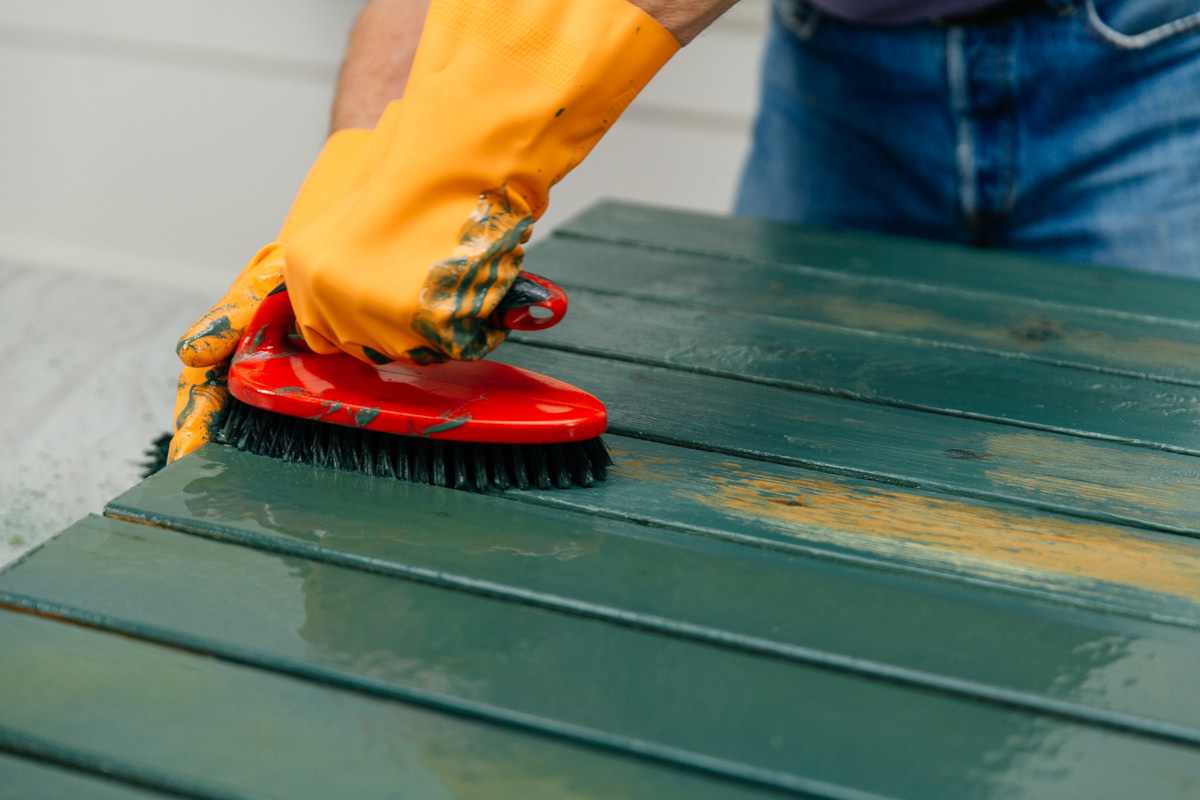
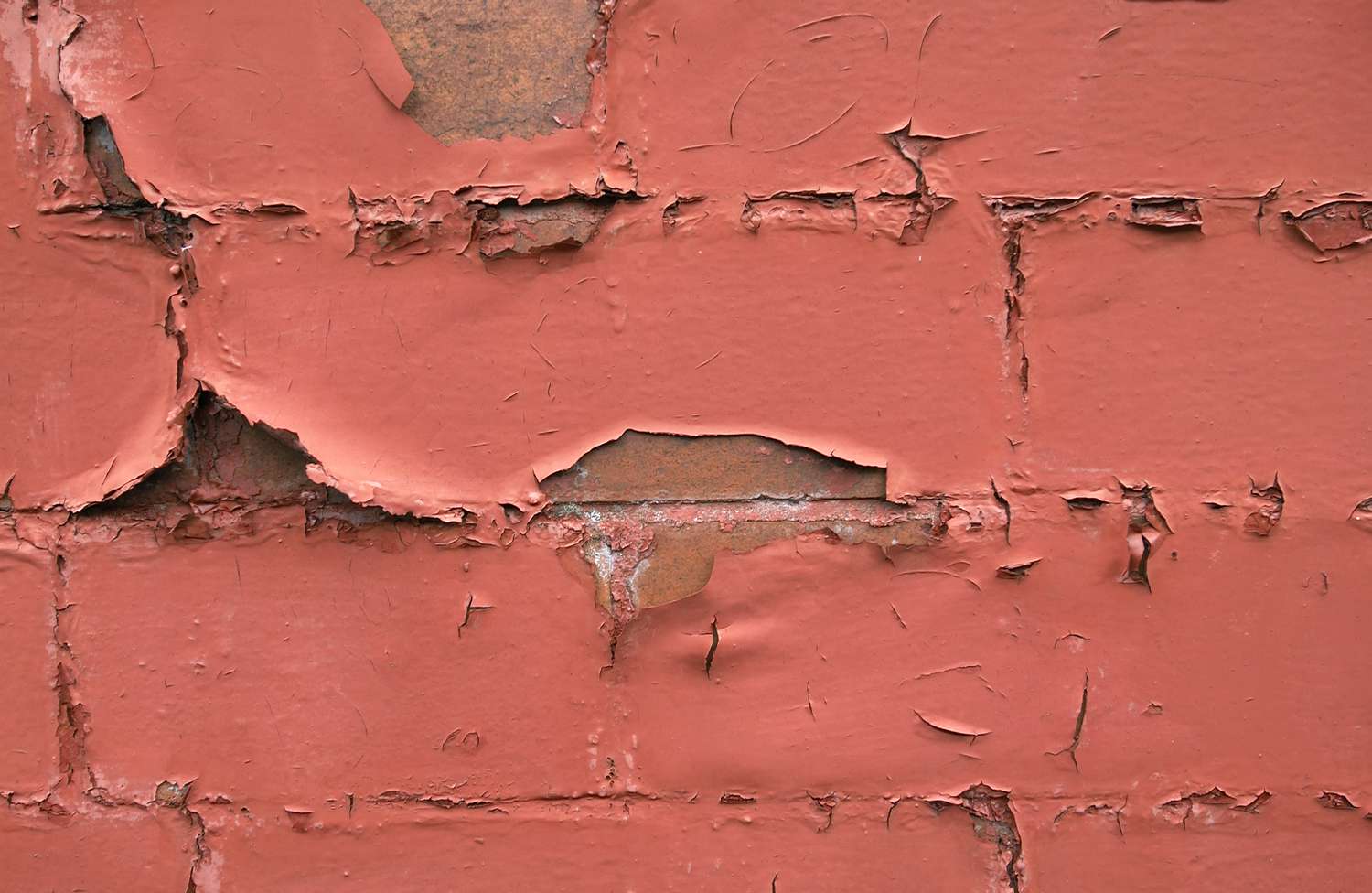
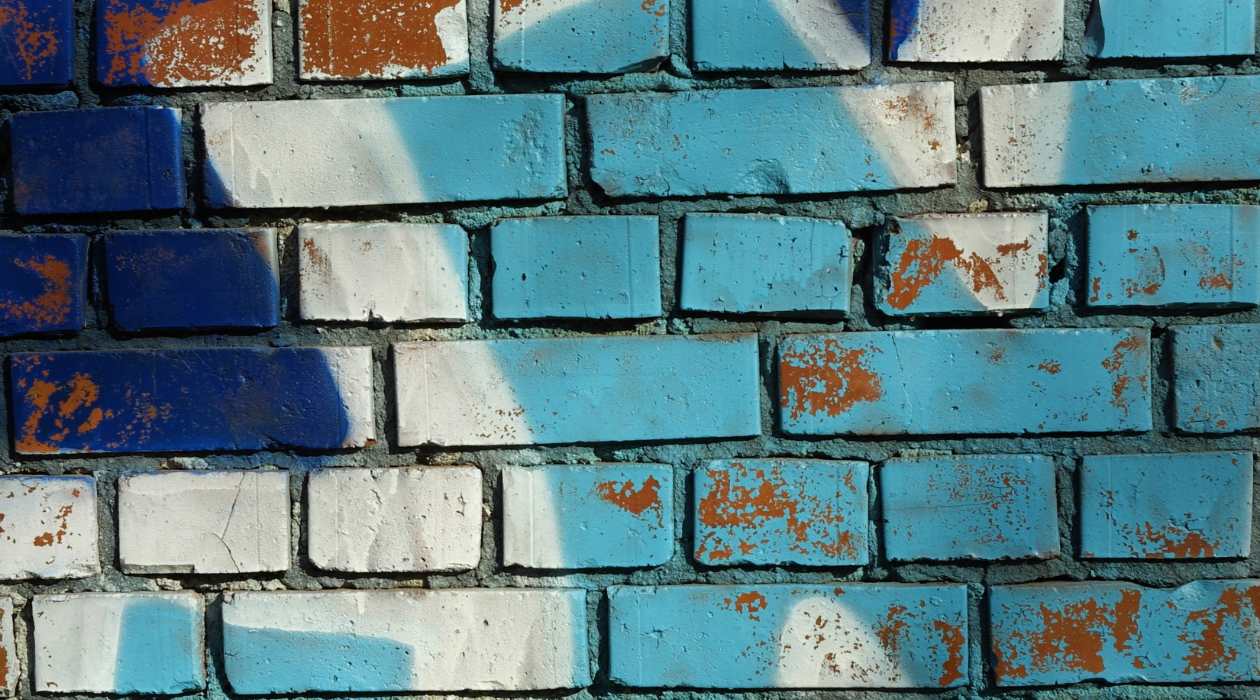

0 thoughts on “How To Get Paint Off A Driveway”